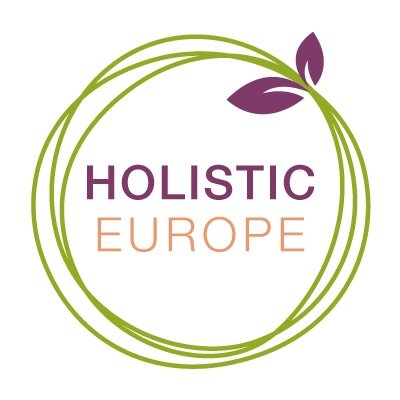Indigo
Rainbow of Your Life series
Indigo has been with us for thousands of years but it was Sir Isaac Newton in the 17th century who used the term ‘indigo’ to describe a colour when he demonstrated that the white light was composed of 7 visible colours, indigo being one of them. Until then, the word ‘indigo’ was used for the dye, desired by many. The dye was made from a plant called Indigofera Tinctoria, which had been cultivated predominantly in Asia and parts of Africa; some sources mention Peru as well. To obtain the dye from this plant was a laborious process and the dye had to travel long distances. Only the rich had the privilege of wearing the colour indigo in the past as it was very expensive. It all changed with the development of the synthetic dye and at the time when the ever so popular blue jeans were introduced as the “workers’ trousers” at the end of the 19th century.
Most people are not sure what the difference is between indigo, blue and violet colours because modern colour pallets are confusing. When tasking search engines with the term ‘indigo’, you find various colours from blue and purple to violet. Don’t get perplexed — indigo is dark blue (with a hint of violet).
Indigo is indeed blue and we covered this colour in our article ‘Blue’ from the ‘Rainbow of your Life’ series. In today’s article, we will therefore look at the areas where the colour indigo differs from the colour blue.
Looking at the colours of the chakras — blue is the colour of the throat chakra while indigo is the colour of the third eye chakra. While the blue chakra is about communication with others, the indigo blue chakra is associated with self-reflection, awareness and connection to wisdom — to our higher self.
When it comes to psychology, lighter blue tones are supposed to have a calming effect on us whilst darker blue colours, like indigo, help our concentration.
Some experts believe that indigo does not even belong among the colours of the rainbow. They think that there are only six rainbow colours — three primary and three secondary colours. They assume that Newton wanted seven colours because of the biblical or occult significance of the number 7.
Technically, we can find the colour indigo between blue and violet. It has a wavelength of 425 - 445 nm. You may remember from the article ‘Blue’ that the colour blue has got a wavelength of 450 - 495 nm. The clear difference in the wavelengths and the fact that I do see indigo in the rainbow is a good enough reason for me to join the group of ‘indigo believers’. I agree with Sir Isaac Newton. How about you?
Resources
1
The Debate Over Indigo
https://medium.com/a-history-of-color/the-debate-over-indigo-671a0154525a
2
Indigo Colour and Its Place in the Rainbow
https://www.gooroo.com/blog/indigo-colour-and-its-place-in-the-rainbow/
3
The 7 Chakras
